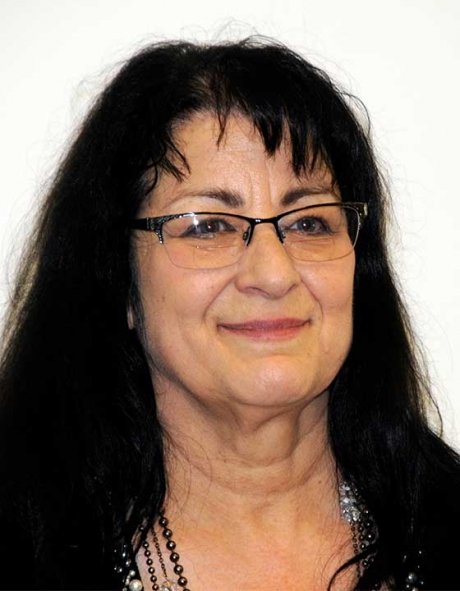Classism – America’s Great Divide
- News & Events
- News
- Classism – America’s Great Divide

Community and counseling psychologist Barbara Jensen delivered the Dialogue on Diversity Spring Lecture titled “Across the Great Divide: Crossing Classes and Clashing Cultures” before a standing-room-only audience.
Jensen began with a graphic illustration of classism in America. She asked 10 volunteers to sit in 10 chairs lined up against the wall. Each chair represented 10 percent of the population in the United States.
She asked nine of the students to fit themselves into only three chairs, while the 10th student was asked to stretch out on the seven chairs that remained.

Turning to the audience, Jensen explained that the top 10 percent of the nation’s population own more than 70 percent of the wealth, while the bottom 90 percent must share among themselves the 30 percent that remains. Moreover, of the top 10 percent, one percent own more wealth than the bottom 90 percent combined.
“That’s wealth and class in America,” Jensen concluded.
The reason why classism has remained the invisible “ism,” she said, is because classism is culturally acceptable in America. We automatically rank people according to economic status, family lineage, job status, level of education and other divisions.
Jensen pointed, in particular, to classism in academia.
“Many of the professional middle class are found in academia. They earn their belonging through individual achievement,” she said. “You will hear the professional middle class blame the working class for ending up in the three chairs – they must have dysfunctional families, they didn’t work hard enough, they’re not financially literate, they don’t know how to save, etc.”
Jensen also explained “the clash of cultures” that happens when a person straddles two classes. “A clash of cultures is when you have two sets of values and you have to commit yourself to one or the other to reduce the dissonance,” she said.
Some individuals may harbor feelings of shame about their working-class background; they may opt to keep a distance between themselves and their families or deny their heritage, she said. Others may switch personas to fit in with both classes, but this brings on feelings of being an imposter, of placelessness and of not knowing where they belong, she said.
Jensen ended her lecture by suggesting that RIC’s working-class students deal with the dissonance through resilience. She also conducted a faculty in-service following the lecture, focused on the effects of unintentional classism on pedagogy. Faculty explored approaches that are more mindful of class cultures and that create opportunities for working-class students to have increased success in the academic setting.
Barbara Jensen is a therapist at the Minnesota Department of Human Services. As a community and counseling psychologist, Jensen has worked in schools, homeless shelters and psychiatric residences. She also has a private practice, where she treats clients on a sliding-fee scale. She helped found and is past-president of the Working Class Studies Association. She has published articles about class in the Women’s Studies Quarterly and wrote the closing chapter for the book “What’s Class Got to Do with It?: American Society in the Twenty-First Century” (2004). Jensen is also author of “Reading Classes: On Culture and Classism in America” (2012).
This lecture was sponsored by Dialogue on Diversity. Funding was provided by the Committee on College Lectures and Learning for Life, with support from the Gender and Women’s Studies program and the School of Social Work.
